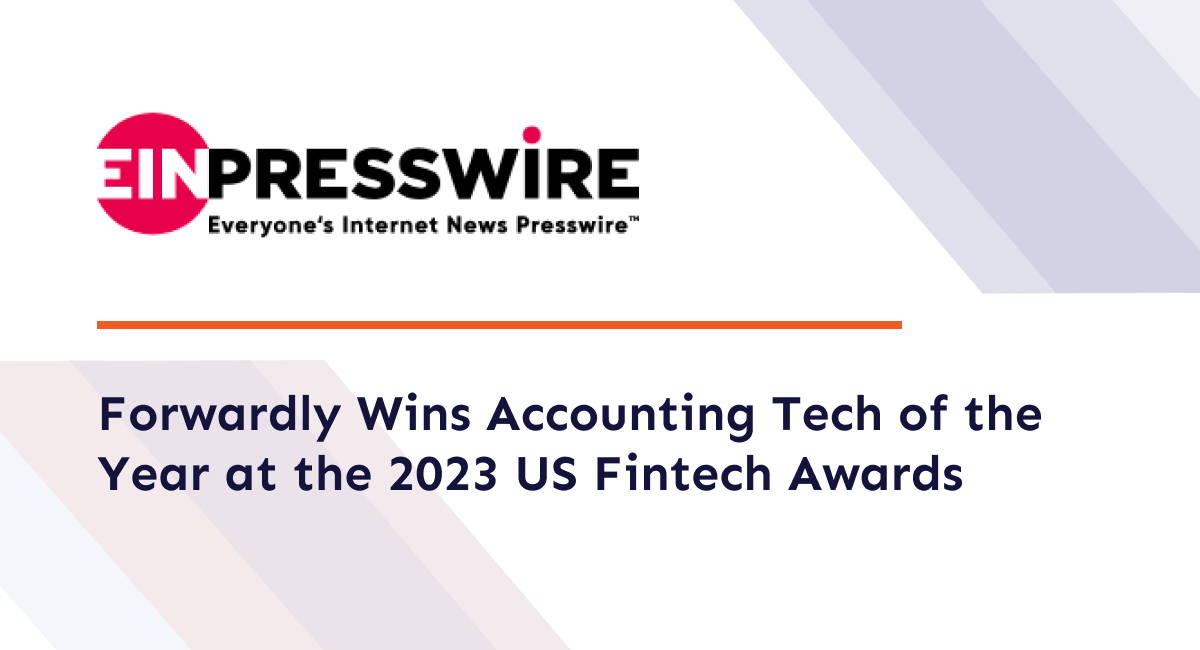How to Help SMEs Avoid Cash Flow Mistakes

Cash flow mistakes are nothing short of a killer for small businesses. As a financial professional, you know cash flow rules everything, and determines whether your clients are able to pay their vendors and loans. It determines whether they can invest in more inventory or better equipment, make payroll, and more.
At ForwardAI, we provide data analytics on cash flow exactly so business owners can avoid cash flow mistakes. And, along with data, there are lots of things that entrepreneurs can incorporate into their daily financial diet to make sure they don’t make those cash flow mistakes.
Want to help your clients avoid the biggest headaches (and do better than that meager 27-day cash buffer most entrepreneurs have)? Here’s what we know as cash flow pros that you need to make sure you do, too.
1. Understand revenue streams
Where is your money coming from?
If small-to-medium enterprises (SMEs) can’t answer that question, or don’t have a deep understanding of their revenue sources as well as the percentage of its total inflows, then they’re bound to make cash flow mistakes.
For example, many entrepreneurs ride high on the success of one product or service, but don’t prepare for potential insolvency the day when, inevitably, their sales on that one SKU will decline. That’s one of the many reasons it’s good business practice to create a plan for diverse revenue streams – including developing a way to secure monthly recurring revenue (MRR) that they can depend on.
To help your clients avoid cash flow mistakes around revenue, help them make certain they know the composition of their inflows. If they’re able to understand that their eggs are potentially all in one basket, they’ll be better able to future-proof their business model.
2. Capitalise correctly
We don’t have to tell you that debt is a major problem for small business owners.
Many entrepreneurs under capitalise from the start, launching their business without the correct funds to support their efforts. This puts SMEs behind the 8 ball on cash flow almost immediately – and a lopsided balance sheet isn’t ever easy to overcome.
In order to provide guidance for this common issue that leads to cash flow mistakes, encourage clients to deeply scrutinize their outflows and expenditures. Additionally, although under capitalisation means that business owners won’t be able to pay off their debts at once, they should look to identify their most expensive debts (i.e. highest-interest accruing) so they’re not in the hole more than they should be.
Another solution in the short term is to free up cash to pay off liabilities off through invoice factoring. With this kind of business financing, entrepreneurs can sell off unpaid invoices to a company for a small discount in exchange for immediate payout of outstanding invoices. If businesses are struggling to pay off debts, consider encouraging them to look into this option.
3. Keep business finances separate
If for some reason SMEs haven’t yet completely put a wall between their personal and business finances, some major intervention is needed. There are so many reasons why commingled money is an issue – not least of all dangerous tax implications and the potential for audits.
But if there’s one thing that can help business owners understand the importance of this practice, it’s this: it’s impossible to understand your financial position if your money isn’t organised. How can you make cash flow forecasts or really make sense of your cash position if everything is mixed up? How can you make decisions about the future of your business and whether or not your company has enough runway to take you through a given period of time? Short answer: You can’t.
4. Be realistic
Asking business owners to be realistic about their financial situations sounds simple – and maybe even silly. But losing touch with reality is where some of the most detrimental cash flow mistakes are made.
Maybe it’s happening because they’re banking future plans on a P.O. that hasn’t come through, a company innovation that hasn’t yet been approved by regulatory boards, or something else. Adding big expenditures to your balance sheet before you’re sure that you’re going to have the capital to pay for them can backfire, putting SMEs in a crunch.
In other situations, some business owners won’t let themselves see the writing on the wall, so to speak. Are customers dropping like flies? Are subscription renewals down? Are credit card bills piling up? Are the day-to-day details slipping in the name of “innovation”? These are just examples – but they can all cause damage if they’re not dealt with correctly. And many entrepreneurs refuse to acknowledge they could have a cash flow issue before it’s too late to act.
5. Have the right plans in place
The best entrepreneurs don’t just start a business when it feels good. They have plans in place.
A robust business plan provides entrepreneurs with a sense of focus, financial goals, and a trajectory. Business owners will be more prone to make mistakes if they’re navigating in the dark, and don’t have goals to reach.
For instance, they might be not diligent about putting aside money for marketing and promotion – or forget about it entirely – if it’s not part of the plan. Or perhaps risks haven’t been considered or assessed, which means in the event of an emergency, SMEs might not have the cash available to take care of the problem. Similarly, unless plans are in place, one would have to make a pretty good guess about how much money they need to bring in each week to become cash flow positive. You get the gist.
This doesn’t just apply to big-picture business plans, however. Business owners must have the correct forecasts in order to avoid cash flow mistakes. That includes a monthly cash flow forecast and cash budget to have a real sense of their financial position – and subsequent decisions that are necessary as a result.
6. Don’t be data poor
Speaking of making guesses… well, just don’t. Your clients need real, accurate data to make decisions that are beneficial for their business solvency and growth. Especially when it’s readily available.
Part of that means working closely with a financial professional – that’s you! – and looking at real numbers (remember, that’s a piece of business owners being realistic about how things are, not how they might see them). And, since SMEs consider their financial pro their top trusted source for advice, you may want to tap into extra valuable data, too.
ForwardAI is one such way to easily access valuable cash flow data for your clients. Connecting directly to QuickBooks Online, ForwardAI provides near-realtime analytics on cash flow position, with highly visual readouts that clients can understand. Accountants and bookkeepers can use the data in ForwardAI to help SMEs improve their financial health and make decisions to improve cash flow.
Signing up for ForwardAI is easy. Just create your free account, connect your business and run your cash flow forecast.
The information in this article is not financial advice and does not replace the expertise that comes from working with an accountant, bookkeeper or financial professional.
Image: graphicstock


